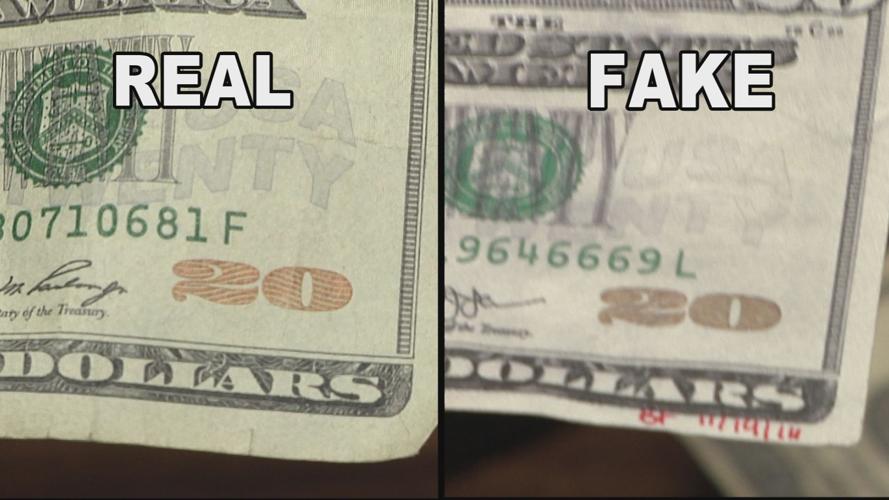Easy Deals: Where to Get Genuine copyright Money up for sale
Easy Deals: Where to Get Genuine copyright Money up for sale
Blog Article
Check Out usings Funny Money in Artistic Creations and Theatrical Performances
Phony money, usually associated with deceptiveness and illegality, holds a strange attraction when it locates its way right into the world of creative developments and theatrical efficiencies. As we delve right into the complex uses of copyright in these imaginative domain names, we start to uncover a world where authenticity and replica blur, motivating us to question the very nature of value and representation within art and efficiency.

Historical Relevance of Funny Money in Art
The historic significance of funny money in art is a complex and appealing subject that sheds light on the intersection of creativity, subversion, and socio-political commentary. Throughout background, musicians have actually made use of copyright cash as a tool for difficult societal norms, questioning the value of currency, and making powerful declarations regarding riches and power.
One of the most noteworthy instances of funny money in art dates back to the Dada activity of the very early 20th century - copyright money for sale. Artists such as Marcel Duchamp and Hannah Höch included phony currency into their works to slam the capitalist system and explore the idea of value in a swiftly altering world
In addition, throughout times of financial instability or political upheaval, funny money has been used by artists as a type of protest or disobedience. By producing and circulating copyright, musicians have actually had the ability to interrupt the status quo, difficulty authority, and prompt important conversations regarding the function of money in culture.
Impact of Imitation Currency on Visual Arts
By incorporating phony money right into their jobs, musicians prompt conversations on the nature of value, credibility, and societal understandings of riches. The usage of fake cash in art also increases honest considerations relating to the limits of creative expression and the effects of reproducing lawful tender. Generally, the effect of phony currency on visual arts is multifaceted, boosting critical representations on the crossway of money, art, and social worths.
Importance and Meaning in Theatrical Fake Displays
Using staged imitation screens, artists utilize symbolic depictions to convey much deeper meanings and evoke provocative analyses within the realm of performance art. Via the incorporation of funny money in theatrical manufacturings, creators can discover themes such as greed, power, corruption, and the illusion of wealth. Using phony currency on phase can work as an allegory for societal problems, economic disparities, and the delicacy of financial systems.
In staged performances, the symbolic value of fake cash extends past its financial well worth. It can signify the deceptive nature of appearances, the quest of materialistic desires, and the repercussions of underhanded behavior. By utilizing phony money as a prop, musicians can challenge target markets to examine truth significance of riches and the moral limits that individuals might go across in its pursuit.
Ethical Factors To Consider in operation Phony Money for Art

One significant honest consideration is the possible lawful effects of making use of funny money in art. Counterfeiting currency is prohibited in most nations and can cause severe repercussions for artists that intentionally include imitation expenses into their work. copyright money for sale. This not only puts the artist in danger yet additionally questions about promoting prohibited activities via art
In addition, there is an ethical dilemma concerning the credibility of the artwork itself. Using funny money obscures the line in between truth and imitation, potentially deceiving viewers and compromising the honesty of the imaginative item. Musicians need to take into consideration whether the use of imitation money lines up with their values and imaginative intentions, considering the potential influence on their track record and reliability.
Future Trends in Funny Money Integration
Taking into consideration the advancing landscape of creative expression, the incorporation of funny money in creative jobs may witness a change in the direction of provocative and cutting-edge opportunities. As artists proceed to push borders and discover new tools, copyright cash might progressively be used to test societal standards, question the worth of money, or make powerful declarations concerning wealth and consumerism.
One future pattern in funny money integration can be its usage in immersive art installations where target markets are motivated to interact with the items, blurring the lines in between reality and illusion. In addition, improvements in technology might lead important link to the production of hyper-realistic funny money that is basically equivalent from real currency, opening opportunities for a lot more comprehensive and complex art work.
Additionally, cooperations between musicians and counterfeiters might cause unique pieces that incorporate standard imaginative techniques with the craftsmanship of developing funny money. Ethical considerations bordering the legality and morality of utilizing copyright money in art will continue to be a point of contention as these future patterns unravel.
Verdict
In conclusion, the usages anonymous of imitation cash in creative developments and theatrical efficiencies have a long history and continue to be a resource of inspiration for artists. From its historical importance to its effect on visual arts and symbolism in theatrical display screens, funny money plays an unique role in the art world. Nonetheless, ethical considerations need to be thought about when using phony cash for imaginative objectives. The assimilation of funny money in art is most likely to proceed progressing in the future.
Generally, the impact of copyright currency on aesthetic arts is multifaceted, stimulating important reflections on the intersection of money, art, and societal values.

In final thought, the uses of copyright money in theatrical efficiencies and artistic developments have a long history and proceed to be a source of inspiration for musicians. Ethical considerations have to be taken into account when using copyright cash for creative functions. The combination of imitation money in art is likely to continue progressing in the future.
Report this page